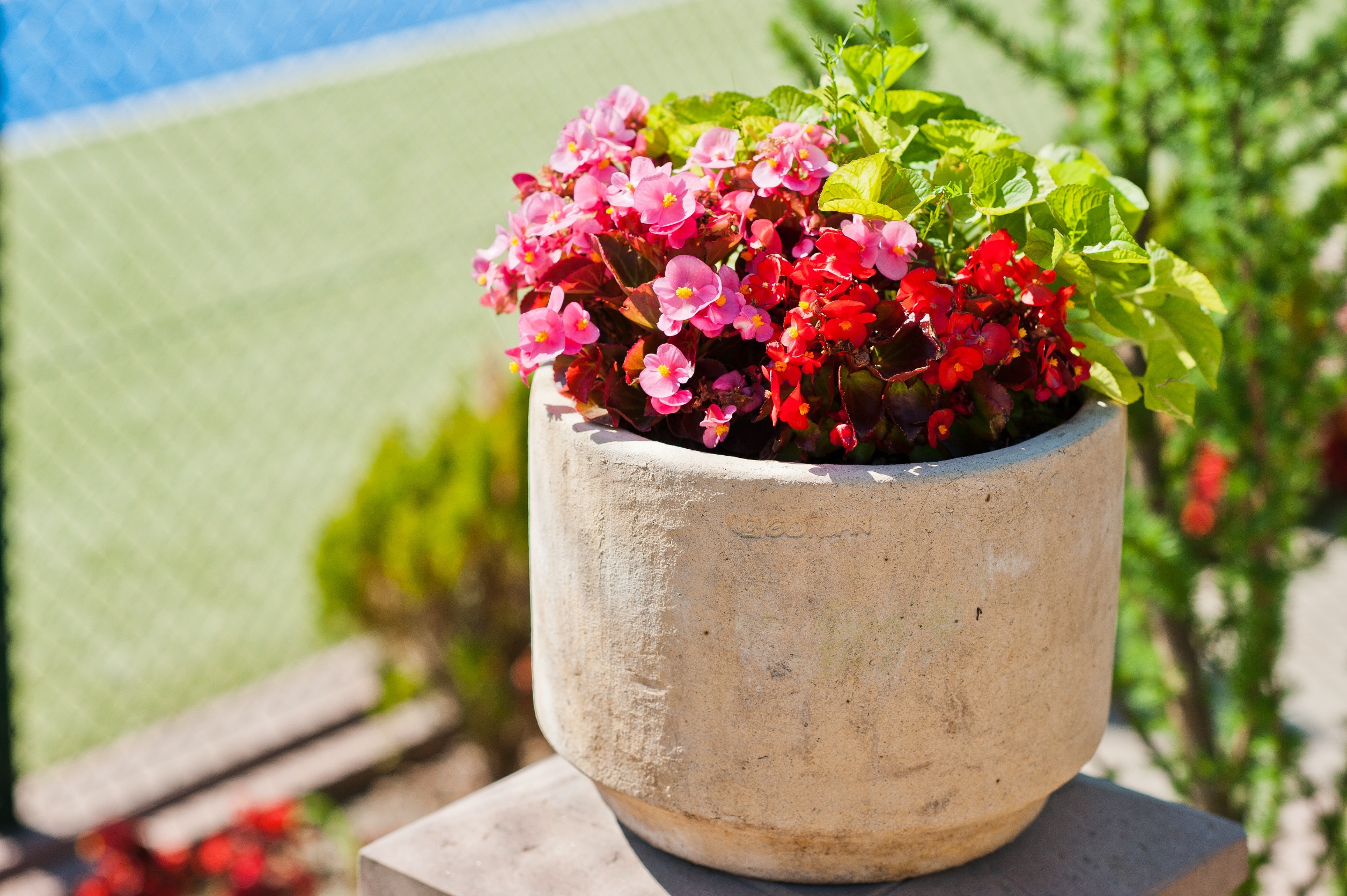If you ask a group of people to pinpoint something worse than drinking a badly made drink, 9 out of 10 people will answer ‘’drinking a lukewarm drink’’. Similar to how you can’t make a good pizza without mozzarella, a fresh beverage (regardless if it’s alcoholic or nonalcoholic) simply does not work without the appropriate amount of ice.

pixabay.com
Ice is one of those things that most of us take for granted – that is until we find ourselves in the situation of having all the ingredients for a great margarita, but no ice to chill it out. This issue and many others can be entirely avoided by owning a reliable, high-quality ice maker. If you are in the market for one but you do not know what exactly to look for, this guide is for you.
This article will focus solely on what makes an ice maker good, but if you are interested in seeing specific models or browsing reviews make sure to read more on Top Ice Maker Reviews.
How Much Ice Do You Need?
The first thing you will have to ask yourself before going for a particular model is how much ice you need. Small units can produce between 10 and 14 kilograms of ice per day, while some commercial models have a production output of around 200 kilograms.
Naturally, there is a big price difference between these two. However, assuming you do not own a bar or a restaurant, you can easily opt for a smaller appliance, as 14 kilograms of ice is more than enough to cover the needs of an average household.
General Types of Ice Machines
While there are not many ice machine types on the market, you would be surprised to find out how easy it is to buy one that does not fit your situation. There are three types of ice makers out there, each with its own positives and negatives. Here is what you need to know about them:
Modular ice machines – These are not ice machines per se, rather special devices sold separately that are designed to sit on top of an ice machine bin. Modular ice machines have by far the biggest production outputs of them all because they can generate between 113 and 453 kilograms of ice. However, this is also the reason why they are more suited to restaurants and cafés rather than domestic households.
Undercounter ice machines – These usually come with spacious storage bins and ice machine heads. Most of them are designed to fit under standard 40” counters and are capable of producing up to 160 kilograms of ice in the span of 24 hours. If that number seems a little too excessive for a domestic context, you would be right. However, you can find countertop-undercounter hybrids that are specially designed for casual consumers.
Countertop ice makers – are designed to sit on top of countertops. These are perfect for households that do not have the space, nor the infrastructure to accommodate larger models. They are great both for day to day use, and parties, as they can generate around 50 kilograms of ice per day.

Image source: Flickr
Draining System
All ice makers, except portable models, need some sort of draining system in order to generate ice in the safest and most sanitary conditions possible. There are two options in this respect: drain pumps and gravity drains. Let us talk a brief look at them:
Drain pump.- This accessory is usually sold separately from the ice maker, but some models come with a built-in pump. Their purpose is to transport water to the closest drain.
Gravity Drain.- This process works only if there is a drain located near the ice maker so that the excess water produced by the machine can safely flow down via gravity. Two things are essential for this system to function – the drain must be located beneath the drain outlet, and the drain must be positioned 12 inches away from the ice maker.
Types of Ice
Finally, before deciding on an ice maker model, you will have to familiarize yourself with the types of ice that a typical machine can produce:
Crescent ice – Featuring a flat design on the side and a slight curvature on the other, this type of ice is especially suited for soft and mixed drinks.
Flake ice – These are small chips of ice used for product preservation (fish, meat, and other perishable foods). It is also ideal for blended cocktails.
Nugget ice – Soft and chewable, nugget ice is best used with specialty soft drinks, fountain beverages, and blended cocktails.
Gourmet Ice – Also called ‘’top hat ice’’, this is the highest quality of ice available. Shaped like a tiny shot glass, it is best used for strong, fine drinks such as scotch, whiskey, and vodka.
Conclusion
While in the past, most people could not see the utility of an ice maker, nowadays, owning one is becoming the norm and not the exception. They are useful, highly convenient utility items that are perfect if your family has a high ice demand, or if you are the gregarious type who likes to host parties on a regular basis. If you are on the market for an ice maker, but you are unsure what to look for, give our guide a thorough read and you will have a much easier shopping experience.






